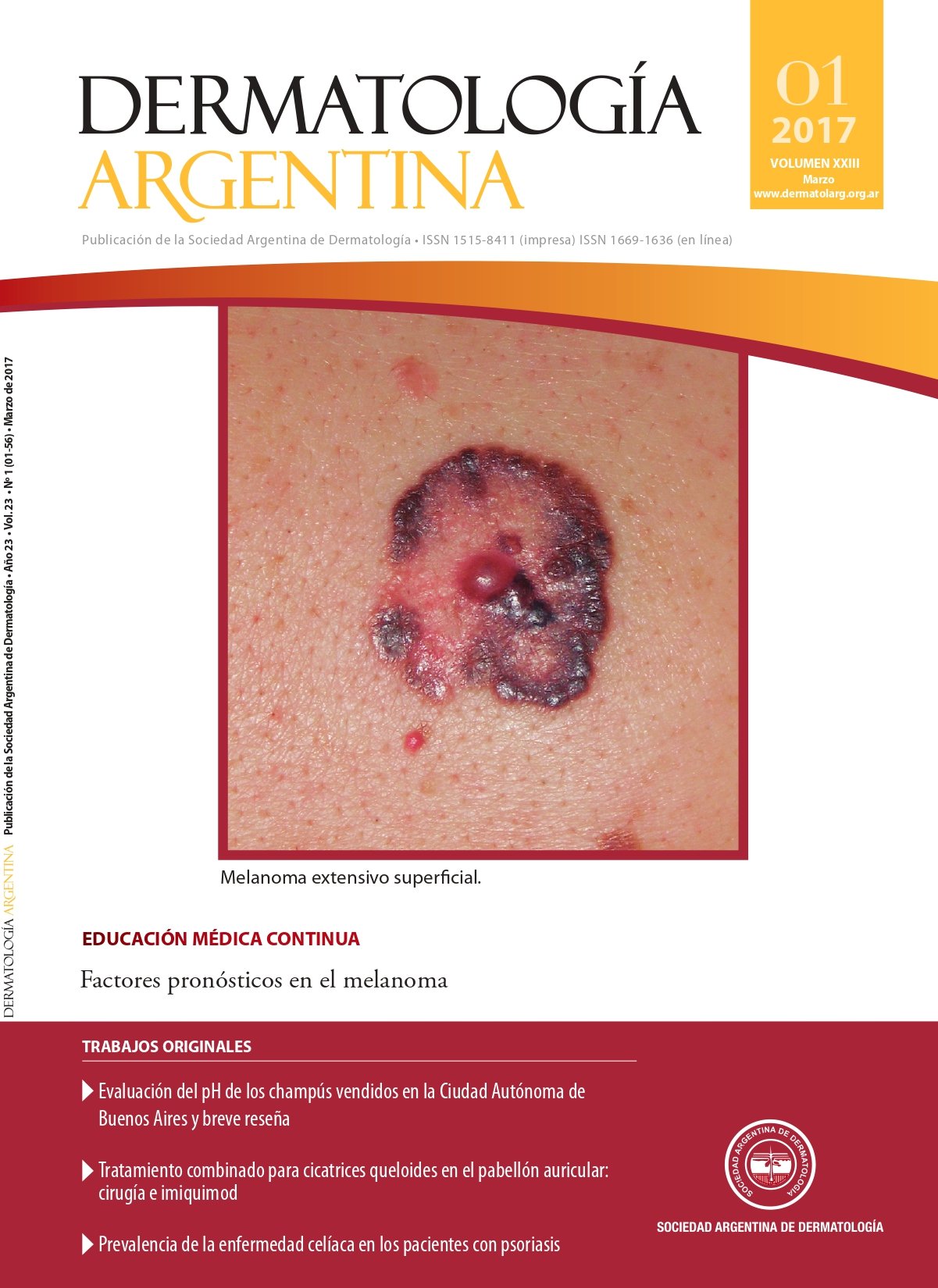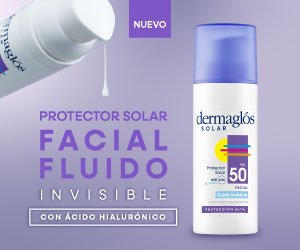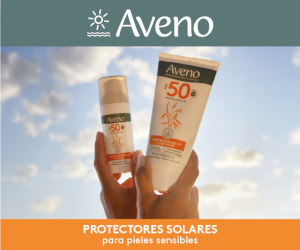pH evaluation of shampoos sold in Buenos Aires City and brief review
Keywords:
pH, shampoosAbstract
Background: few studies analyzed the shampoos pH. Although it is not clear which is the optimal pH, evidence says it should be near 5,5.
Objectives: analyze the pH of shampoos of international and national brands. Test different products groups: professional, commercial, medical/dermatologic, antidandruff and children.
Methods: record the pH of 104 shampoos sold in Buenos Aires City with portable paper pH indicator.
Results: 41% of the shampoos tested had a pH lower than 5,5. 92% of professional products showed a pH lower than 5.5. Commercial, medical and antidandruff shampoos had very similar profile, 68%, 67% and 67% respectively showed a pH lower than 5,5. Children ́s products had lower pH than the other groups (except professional) instead of their no tear characteristic, 54% had a pH lower than 5,5.
Conclusions: although there is no clear decision of ideal shampoo pH, we know that alkaline pH associates with friction, frizz, cuticular dam-age and hair breakage. It is very relevant for dermatologist to know hair care products main characteristics.
References
I. Draelos Z. Shampoos, conditioners, and camouflage techni-ques. Dermatol Clin 2013;31:173-178.
II. D’Souza P, Rathi S. Shampoo and conditioners: what a derma-tologist should know? Indian J Dermatol 2015;60:248-254.
III. Sinclair RD. Healthy hair: What is it? J Investig Dermatol Symp Proc 2007;12:2-5.
IV. Robbins CR. The physical properties and cosmetic behavior of hair. En: Robbins CR, ed.Chemical and physical behavior of hu-man hair, 5th ed. New York: Springer-Verlag, 2012:299-370.
V. Gavazzoni Dias M, Munck de Almeida A, Rezende Cecato P, Adriano A, et ál. The shampoo pH can affect the hair: myth or reality? Int J Trichology 2014;6:95-99.
VI. Tarun J, Susan J, Suria J, Susan VJ, et ál. Evaluation of pH of bathing soaps and shampoos for skin and hair care. Indian J Dermatol 2014;59:442-444.
Downloads
Published
Issue
Section
License
Copyright (c) 2017 Argentine Society of Dermatology

This work is licensed under a Creative Commons Attribution-NonCommercial-NoDerivatives 4.0 International License.
El/los autor/es tranfieren todos los derechos de autor del manuscrito arriba mencionado a Dermatología Argentina en el caso de que el trabajo sea publicado. El/los autor/es declaran que el artículo es original, que no infringe ningún derecho de propiedad intelectual u otros derechos de terceros, que no se encuentra bajo consideración de otra revista y que no ha sido previamente publicado.
Le solicitamos haga click aquí para imprimir, firmar y enviar por correo postal la transferencia de los derechos de autor













